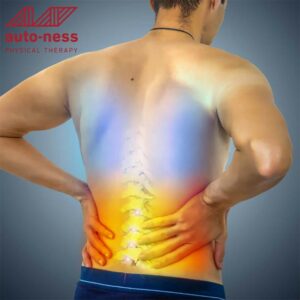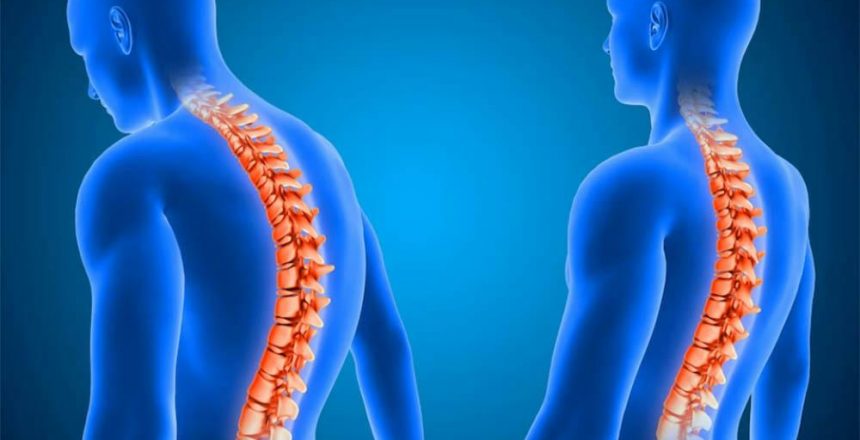Introduction
In the age of technology, the allure of screens has led many of us down the path of inactivity. Sedentary lifestyles, characterized by prolonged sitting and minimal physical activity, have emerged as silent culprits behind an array of health issues, with lower back problems topping the list. This in-depth exploration will shed light on how such habits impact our spine, with actionable advice to counteract the consequences.
Understanding Our Spine’s Vital Role
The human spine is a marvel of engineering, designed to support our body weight, facilitate movement, and protect our nervous system. Comprising 33 vertebrae interspersed with discs that act as shock absorbers, our spine’s structural integrity is essential. However, sedentary habits place undue stress on this intricate system.
Dangers of Prolonged Sitting

· Spinal Compression: Our intervertebral discs bear the brunt of our weight while sitting. Over time, this leads to increased compression, potentially resulting in disc herniation or bulging.
· Muscle Weakness and Imbalance: Hours in a chair cause certain muscles to become tight and overactive, while others weaken. This imbalance, particularly in the hip flexors and extensors, becomes a precursor to pain.
· Postural Deterioration: The typical desk posture — slumped shoulders, forward head tilt, and rounded back — spells doom for our lumbar region. Chronic poor posture can result in chronic pain, disc degeneration, and even spinal deformities.
Inactivity: Not Just About Sitting
While sitting is a significant concern, general physical inactivity amplifies lower back issues. A lack of regular exercise weakens the core and back muscles, reduces bone density, and hampers circulation, depriving the spine and surrounding muscles of vital nutrients.
Active Solutions for a Passive Problem
To combat the effects of sedentary lifestyles, we need both preventative and corrective strategies.
1. Regular Movement Breaks: Adopt the 20-20-20 rule. Every 20 minutes, stand or walk for 20 seconds, and glance 20 feet away for 20 seconds to also give your eyes a break.
2. Desk Ergonomics: Your workspace can be your spine’s friend or foe. Adjustable chairs with lumbar support, monitors at eye level, and ergonomic keyboards and mice are investments in your spinal health.
3. Stretch and Strengthen: Daily exercises should include stretches for the back, hips, and hamstrings. Strengthening the core, including the obliques, rectus abdominis, and the often-neglected transverse abdominis, can provide the spine with better support.
4. Stay Hydrated: Drinking adequate water maintains the elasticity and height of intervertebral discs.
5. Weight Management: Extra weight, especially around the abdomen, places additional strain on the lower back. A balanced diet combined with regular exercise can prevent weight-related back issues.
6. Mind Your Posture: Whether you’re standing in line, walking, or even sleeping, maintaining a neutral spine is crucial. Posture-correcting exercises and being mindful of your body alignment can work wonders.

The Power of Professional Guidance
While self-help strategies are beneficial, professional guidance can accelerate recovery and prevention. Physical therapists, chiropractors, and even yoga instructors can provide tailored advice and exercises to strengthen the back and improve flexibility.
Conclusion
The sedentary pitfalls of modern life, though ubiquitous, aren’t unbeatable. With awareness, dedication, and the right strategies, we can protect our backs from the perils of inactivity. By valuing our spine’s health as much as our work or leisure activities, we can ensure a life free from the chains of chronic back pain.
FAQ:
Q: Can lumbar cushions help?
A: Possibly, lumbar support cushions can maintain the natural curve of the spine while sitting, reducing the pressure on the lumbar discs.
Q: Are standing desks beneficial?
A: Standing desks can reduce the hours spent sitting. However, alternating between sitting and standing is recommended for optimum benefits


